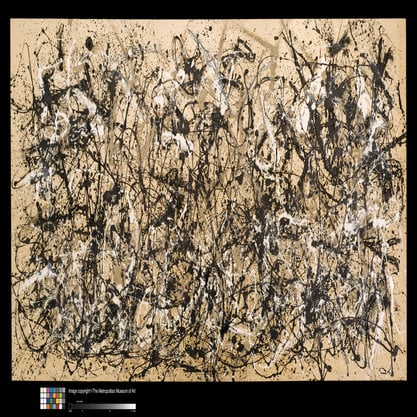Article
Syed, Ahmad Jamal (1929–2011) By Abdullah, Sarena
Article
Syed Ahmad Jamal was a painter who promoted Abstract Expressionism as an artistic approach in Malaysia. As an art student, he was already drawn to the theoretical writings of Wassily Kandinsky and Paul Klee, and his early interest in art drew him to the works of Emil Nolde, Ernst Kirchner and Max Beckmann. In one of his written pieces, Syed hailed Abstract Expressionism as an important artistic approach in Malaysia, suggesting that the idiom reflected Malaysian independence. His early works include Pohon Nipah (1957), Mandi Laut (1957), The Bait (1959), Chairil Anwar (1958) and Perhubungan (1963). However, Syed’s significance to Malaysian artistic modernism was not only in the production and promotion of Abstract Expressionism but also in his curation of the Rupa dan Jiwa exhibition held at the ASEAN Museum of Art at the University of Malaya in 1979. This exhibition inspired many artists to explore the possibility of using Malay and/or Islamic aesthetics in their art practice. Subsequently, Syed produced his Gunung Ledang series, which depicted the Gunung Ledang legend using images and symbols from Malay culture and nature. Syed consistently used the tumpal or triangle shape in many of his works as a symbol of stability and harmony.

